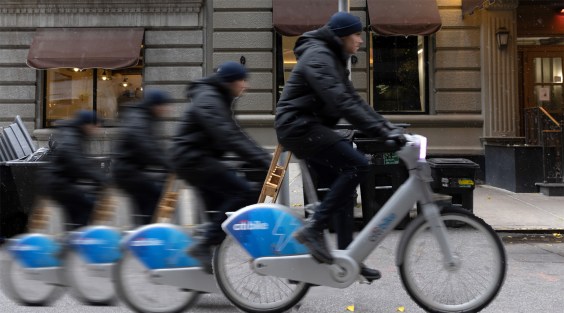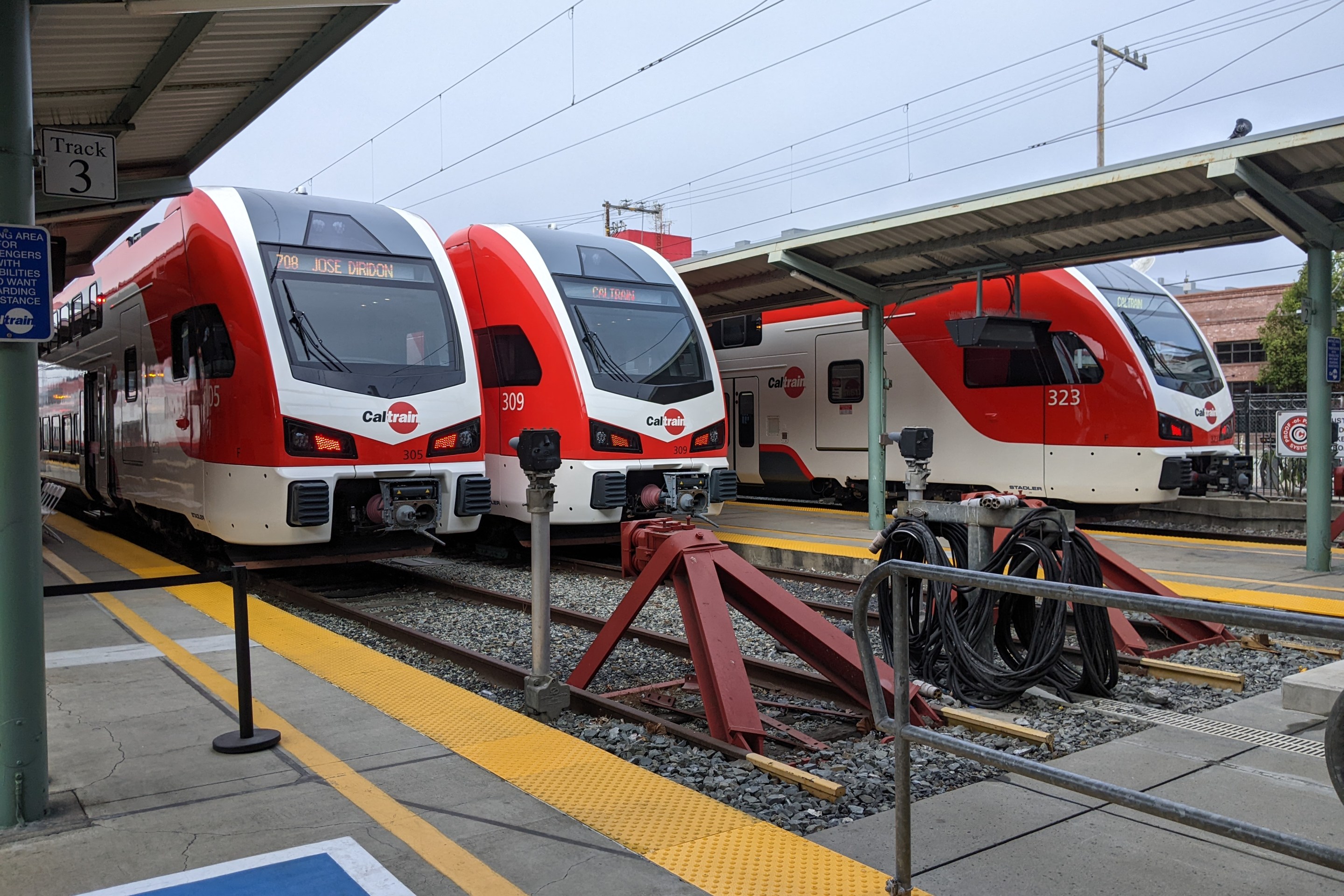In an effort to slow the spread of the coronavirus, seven Bay Area counties have called for a mandatory "shelter at home" policy. As of now, the city of Berkeley and the counties of Marin, San Francisco, San Mateo, Santa Clara, Contra Costa, Alameda, and Napa, where the order is in place, are not focusing on enforcement. However, the order makes it a misdemeanor to ignore it.
The point is to avoid contact with people. The draconian requirement for everyone to stay home will be a major inconvenience for the lucky few and a huge economic burden for many. It's a serious wake-up call for anyone still blase about the contagiousness of the virus. While it may not do much to the young and the healthy, the virus could quickly overwhelm the under-prepared health care system with sheer numbers if too many get sick at once.
Other places in California, and the country, will soon follow suit.
For now, the lockdown orders in the Bay Area allow people to leave their houses to do essential things, like buying food or picking up medicine or delivering groceries. The orders also acknowledge the need for people to get outside and exercise, vital for keeping mentally and physically healthy and an antidote to cabin fever.
According to the city of Berkeley, running, walking, and hiking, "for example," are allowed as long as people keep a distance from each other. But the order disallows all non-essential travel, including biking, and doesn't explicitly include biking as a potential form of exercise.
San Francisco does allow it. From its Frequently Asked Questions page:
I become anxious when cooped up in my house. Am I allowed to go to a park or on a hike? Can I travel to a City park or open space?
Yes. Spending time outside improves mood and well-being, and is particularly beneficial to children. You can go for walks, go to the park, and engage in other similar activities, but should maintain social distance (i.e. be more than six feet away from persons who are not part of your household) when on walks and in parks to avoid spread of the virus.
In addition, it explicitly lists riding a bike (alone or maintaining social distance) among allowed outdoor sports.
Should you ride your bike? In Spain, training rides have been banned and bicyclists are being ticketed. The reasoning, according to the medical director of a local hospital, is emergency care capacity. Quoted in Velo News, Carlos Mascias warns bicyclists to stay home.
If any cyclist suffers an incident and needs an ambulance or a bed in intensive care, we are taking it away from people who truly need it, who are now arriving en masse to hospitals. If something happens to you now, maybe you have a chance [to be treated], but you will be taking it away from someone else … but in 48 hours, if something happens to you, the one who is left without [ICU] might be you, those who are now riding your bikes.
This narrow perspective reflects a depressingly familiar refrain about the dangers of riding vs. other activities. If biking is so risky, then so is driving, so that activity should also be banned. But people in charge of making public health decisions in a crisis may dismiss these concerns, and Spain's experience could be a warning about what might come, particularly if people ignore the health directives.
For their part, Bike East Bay's Executive Director Ginger Jui encourages people "to keep riding for transportation, the environment, and your physical and mental health. If you choose to ride outdoors, the shelter-in-place order requires that you maintain social distancing of at least six feet from any other person. We do not encourage group rides at this time, as public or private gatherings outdoors are prohibited by the order."
"I know that the coming weeks will be a time of stress and social isolation," they wrote in a statement to Bike East Bay members. "I hope that bicycling can be a way for you to help maintain a healthy immune system and positive outlook during these difficult times."
So ride, safely. And expect the situation to keep changing.






